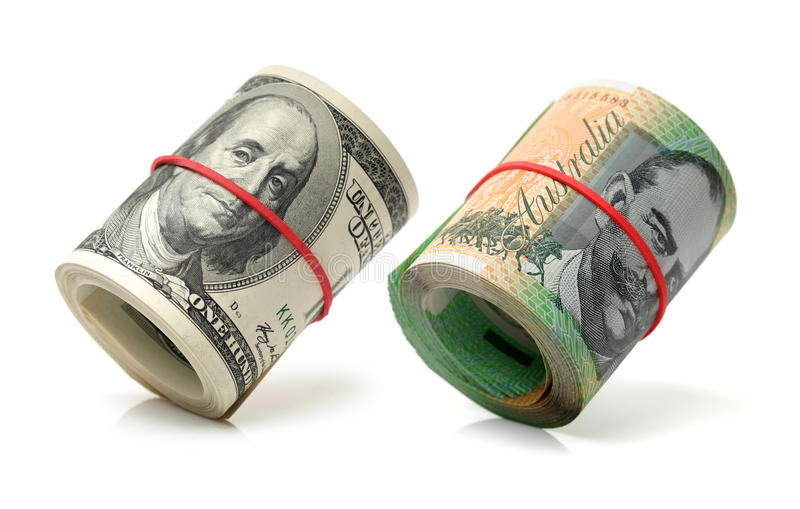The Australian Dollar (AUD) traded flat against the US Dollar (USD) on Tuesday, pausing after a five-day rally as traders awaited stronger cues from the Federal Reserve’s September policy meeting. Despite growing bets of a rate cut by the Fed, the USD staged a modest rebound, keeping the AUDUSD pair in a tight range.
Fed Rate Cut Bets Strengthen
Market expectations for a 25-basis-point (bps) rate cut in September surged to over 89%, up from 84% a week ago, according to the CME FedWatch tool. This shift comes as investors anticipate fresh labor market data, including ADP Employment Change, Average Hourly Earnings, and Nonfarm Payrolls (NFP) later this week.
San Francisco Fed President Mary Daly indicated that policymakers are prepared to cut rates soon, calling tariff-driven inflation temporary. Similarly, Fed Governor Christopher Waller signaled support for immediate easing to protect the labor market, while Chair Jerome Powell maintained a cautious stance, emphasizing that decisions remain data-driven.
Australian Data Offers Mixed Signals
The Australian Dollar continues to draw support from stronger-than-expected July inflation data, which rose 2.8% year-on-year, outpacing forecasts of 2.3%. This hotter inflation has lowered the odds of a near-term Reserve Bank of Australia (RBA) rate cut, helping the currency stay resilient.
However, recent domestic data showed mixed trends:
Building Permits plunged 8.2% month-on-month in July, much deeper than the expected 4.8% decline.
Private Sector Credit grew 0.7% month-on-month, marking its fastest pace since April, and annual credit expanded 7.2%, signaling robust demand.
Private Capital Expenditure edged up 0.2% in Q2, falling short of the expected 0.7% growth.
China’s Data and AUD Correlation
Given Australia’s close trade ties with China, Chinese economic data often influences AUD performance. The Caixin Manufacturing PMI jumped to 50.5 in August from 49.5, signaling expansion for the first time in months. However, the official NBS Manufacturing PMI remained in contraction at 49.4, highlighting uneven recovery in the world’s second-largest economy.
USD Rebounds on Inflation Concerns
After five consecutive days of losses, the US Dollar Index (DXY) rebounded to trade near 97.70, supported by persistent inflation concerns. July’s Personal Consumption Expenditures (PCE) Price Index held steady at 2.6%, while the core PCE ticked up to 2.9%, keeping pressure on the Fed to balance rate cuts with inflation risks.
Political developments added to market volatility, with President Donald Trump removing Fed Governor Lisa Cook and criticizing a federal court ruling that labeled his tariffs “illegal.” The move has fueled speculation of deeper policy shifts ahead.
Market Outlook
With the US ISM Manufacturing PMI due later today and key labor data set to release this week, traders are bracing for heightened volatility in AUDUSD. Any dovish surprises from the Fed or stronger-than-expected US employment data could sharply influence the pair’s direction.
For now, analysts expect the AUDUSD pair to remain range-bound, with support near 0.6700 and resistance close to 0.6800, until clear policy signals emerge.
Key Takeaways
AUDUSD steady as markets await Fed clarity.
Fed rate cut odds climb to 89%, fueling USD volatility.
Australia’s inflation surge reduces chances of an RBA rate cut.
Chinese data mixed, keeping AUD sentiment cautious.
US inflation pressures support a mild USD rebound.
Conclusion
The Australian Dollar remains steady against the US Dollar as traders weigh mixed signals from both domestic and global markets. Stronger Australian inflation data supports the AUD, but rising Fed cut bets and a modest USD rebound keep the pair in a holding pattern. Upcoming US labor data and ISM Manufacturing PMI will likely set the tone for AUDUSD movements in the days ahead.









